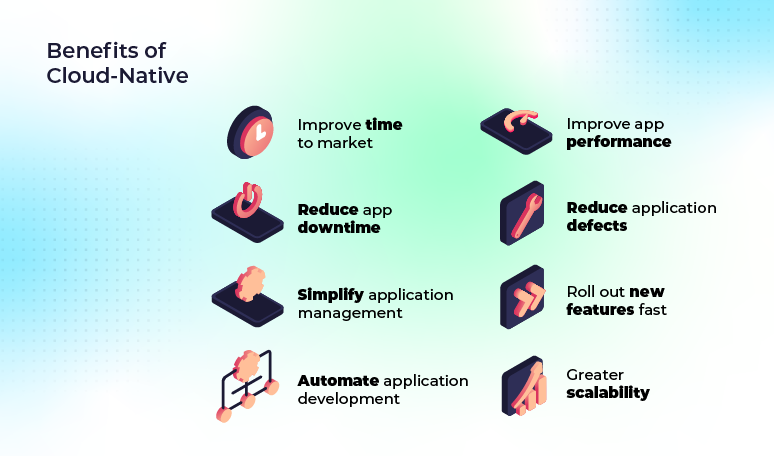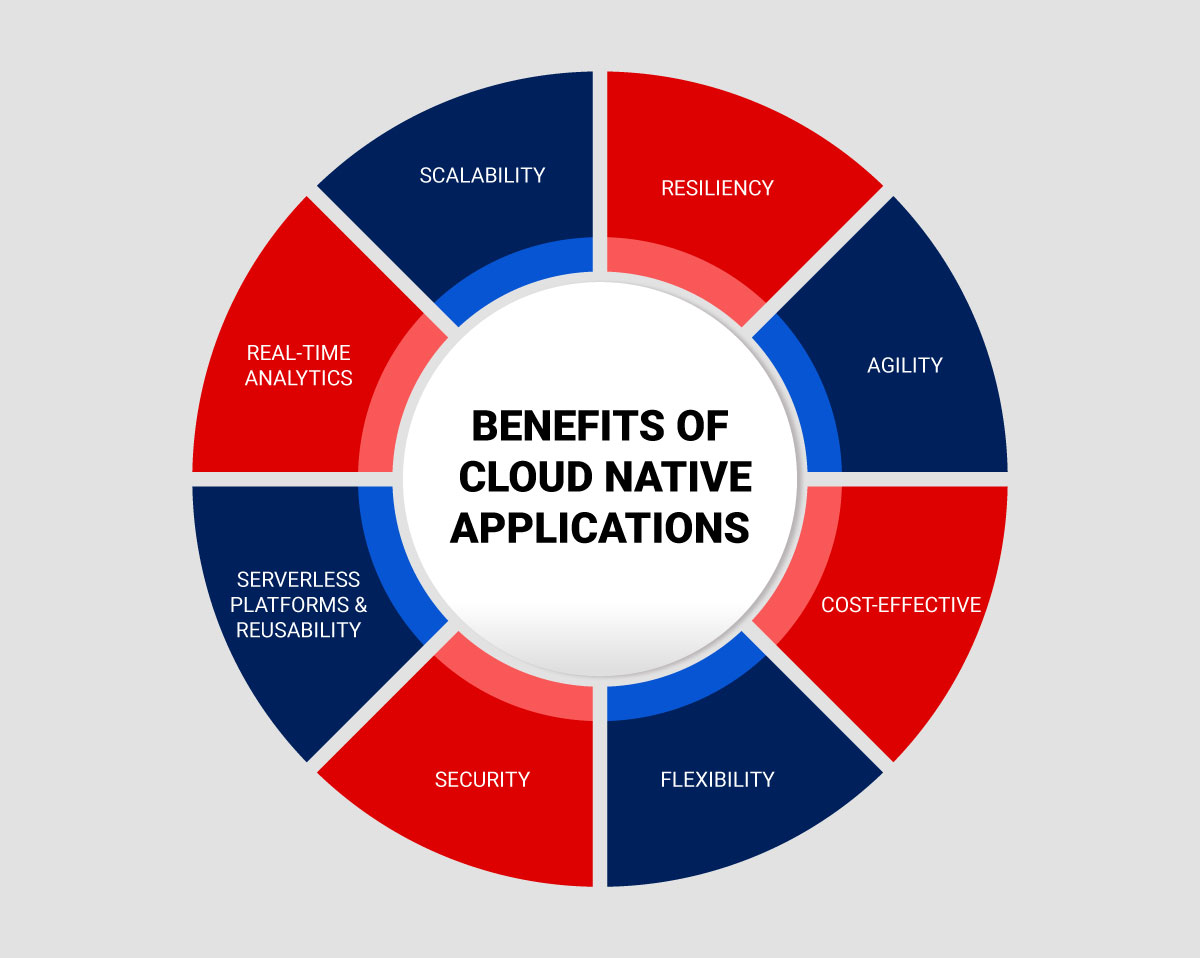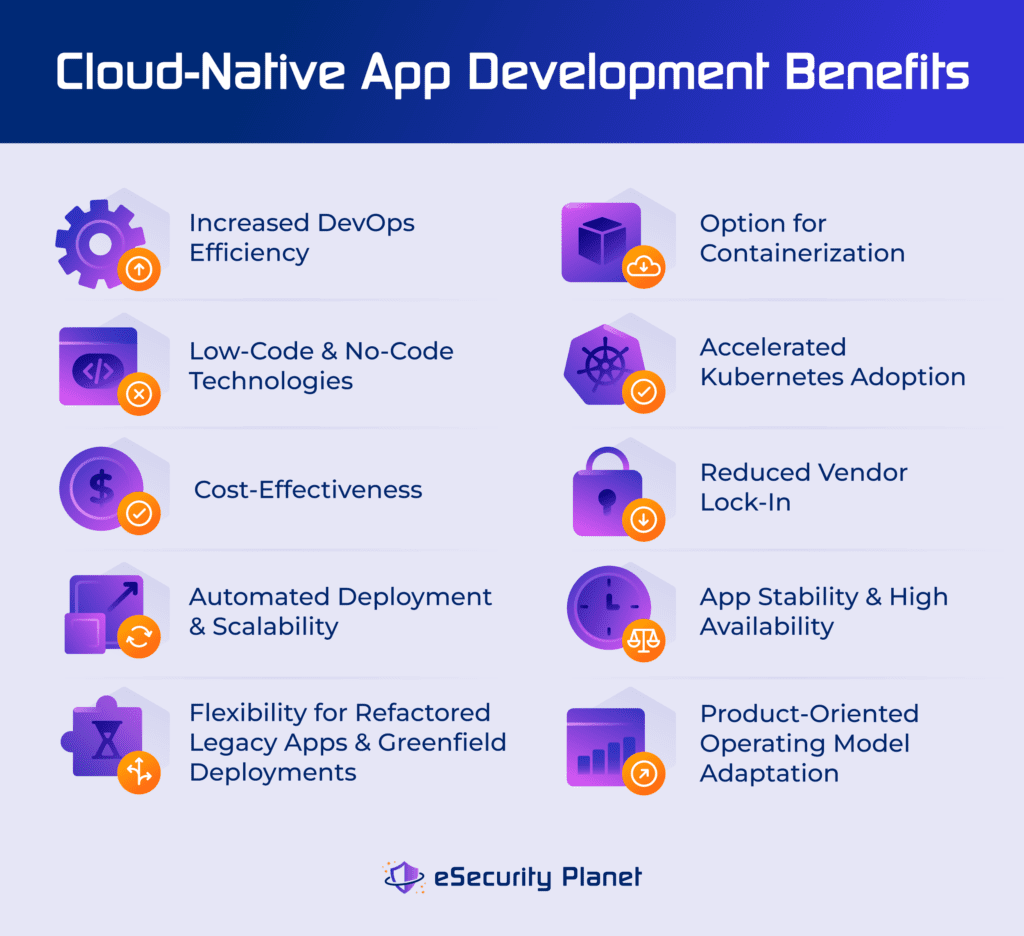Cloud Native
(2025-09-23T11:46.080Z)
Perplexity Query
(2025-09-23T11:46
.080Z)
Question:
Write a comprehensive one-page article about "Cloud Native".
Model: sonar-pro
Cloud Native: The Next Generation of Modern Application Development
Cloud native is a modern approach to designing, building, and running applications that fully leverage cloud computing’s flexibility, scalability, and resilience.
[d19obo]
[z3damq]
As digital transformation accelerates across industries, cloud native technologies are becoming essential for organizations seeking to remain agile and competitive in a rapidly changing technological landscape.
[kl6z9m]

Understanding Cloud Native
Cloud native refers to the creation and operation of applications purposely built to exploit the unique advantages of cloud environments—private, public, or hybrid.
[d19obo]
[z3damq]
Unlike legacy systems retrofitted for the cloud, cloud native applications are architected for distributed deployment, typically utilizing technologies like containers, microservices, service meshes, immutable infrastructure, and declarative APIs.
[d19obo]
[kl6z9m]
[z3damq]
These components enable applications to be modular, scalable, and resilient to failures.
[kl6z9m]
A hallmark of cloud native architecture is its use of Microservices: applications are broken down into small, loosely coupled services that can be developed, deployed, and managed independently.
[kl6z9m]
[z3damq]
This enables teams to iterate rapidly, deploy updates continuously, and respond to changing business needs without major downtime or risk. Containerization (Containers) technologies such as Docker and Container Orchestrationframeworks like Kubernetes have become foundational to running and scaling microservices efficiently across multiple environments.
[z3damq]
In practice, cloud native is visible everywhere: streaming platforms like Netflix, fintech leaders like Stripe, and global retailers such as Walmart rely on cloud native strategies to process huge amounts of data, deliver updates frequently, and guarantee uptime for millions of users.
[d19obo]
By decoupling application components, businesses can independently scale high-demand services (like payment processing) while keeping other functions lean.
Benefits of cloud native approaches include:
- Improved efficiency: Automation handles deployment, scaling, and monitoring, reducing manual intervention and error. [d19obo]
- Continuous innovation: Ongoing updates and improvements are delivered seamlessly, giving businesses a competitive edge. [kl6z9m]
- Greater reliability: Self-healing and auto-scaling prevent downtime, ensuring application availability. [d19obo]
However, organizations face challenges when adopting cloud native, including the complexity of managing distributed systems, skill gaps in cloud technologies, and ensuring security across dynamic environments.
[z3damq]
Migrating legacy systems can also require significant time and resources.

Current State and Trends
Cloud native adoption continues to surge as organizations across sectors recognize its transformational benefits.
[d19obo]
[z3damq]
According to industry reports, over 75% of global enterprises now use containerized applications in production, with Kubernetes as the de facto orchestration platform.
[z3damq]
Leading cloud vendors—Amazon Web Services (AWS), Microsoft Azure, and Google Cloud Platform—offer robust cloud native tools and services, accelerating adoption and innovation.
[z3damq]
The Cloud Native Computing Foundation (CNCF) serves as the ecosystem’s anchor, fostering open-source projects and setting industry standards.
[kl6z9m]
Recent developments include the mainstreaming of Serverless computing, which allows developers to deploy code without managing infrastructure, and the maturation of Service Mesh technologies for handling secure, reliable inter-service communication. Enhanced observability solutions and platform engineering practices are also gaining traction, allowing complex systems to be managed more effectively.

Future Outlook
As cloud native technologies continue to evolve, expect to see greater automation, AI-driven operations, and the integration of edge computing to support distributed, real-time applications. This evolution will enable organizations to deliver innovative digital experiences at an unprecedented scale, making cloud native not just a best practice but a necessary standard for future-ready enterprises.
Cloud native represents a paradigm shift in application development. By enabling unparalleled agility, resilience, and scalability, it is poised to drive the next wave of digital innovation for organizations worldwide.
[d19obo]
[kl6z9m]
[z3damq]
Citations
[d19obo] 2025, Sep 23. What is Cloud Native? | Understand Modern Software Development. Published: 2023-10-23 | Updated: 2025-09-23
[kl6z9m] 2025, Sep 21. What is Cloud Native? Fundamentals and Examples - Kong Inc.. Published: 2022-03-10 | Updated: 2025-09-21
[z3damq] 2025, Sep 23. What Is Cloud Native? - Oracle. Published: 2021-06-18 | Updated: 2025-09-23
[4]: 2025, Sep 22. What is Cloud-Native? Exploring Applications, Architecture, and .... Published: 2024-05-22 | Updated: 2025-09-22
[5]: 2025, Sep 23. What is Cloud Native? - Cloud Native Architecture Explained - AWS. Published: 2025-09-02 | Updated: 2025-09-23
[6]: 2025, Sep 23. What is Cloud Native? - .NET - Microsoft Learn. Published: 2023-12-14 | Updated: 2025-09-23
[7]: 2025, Sep 23. Understanding cloud-native apps - Red Hat. Published: 2022-05-10 | Updated: 2025-09-23
[8]: 2025, Sep 13. What is Cloud Native and Why Should I care? - Mirantis. Published: 2025-06-23 | Updated: 2025-09-13